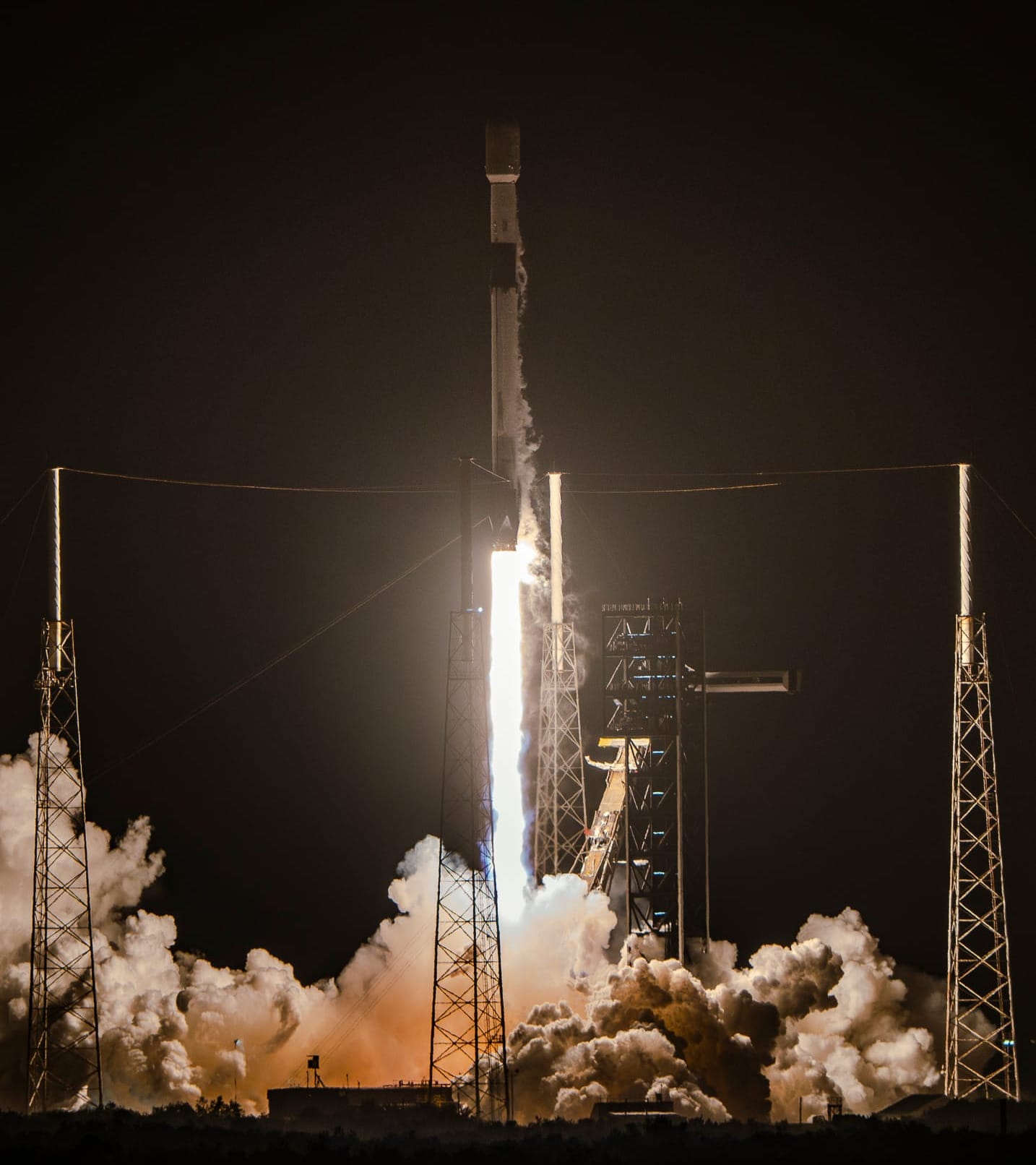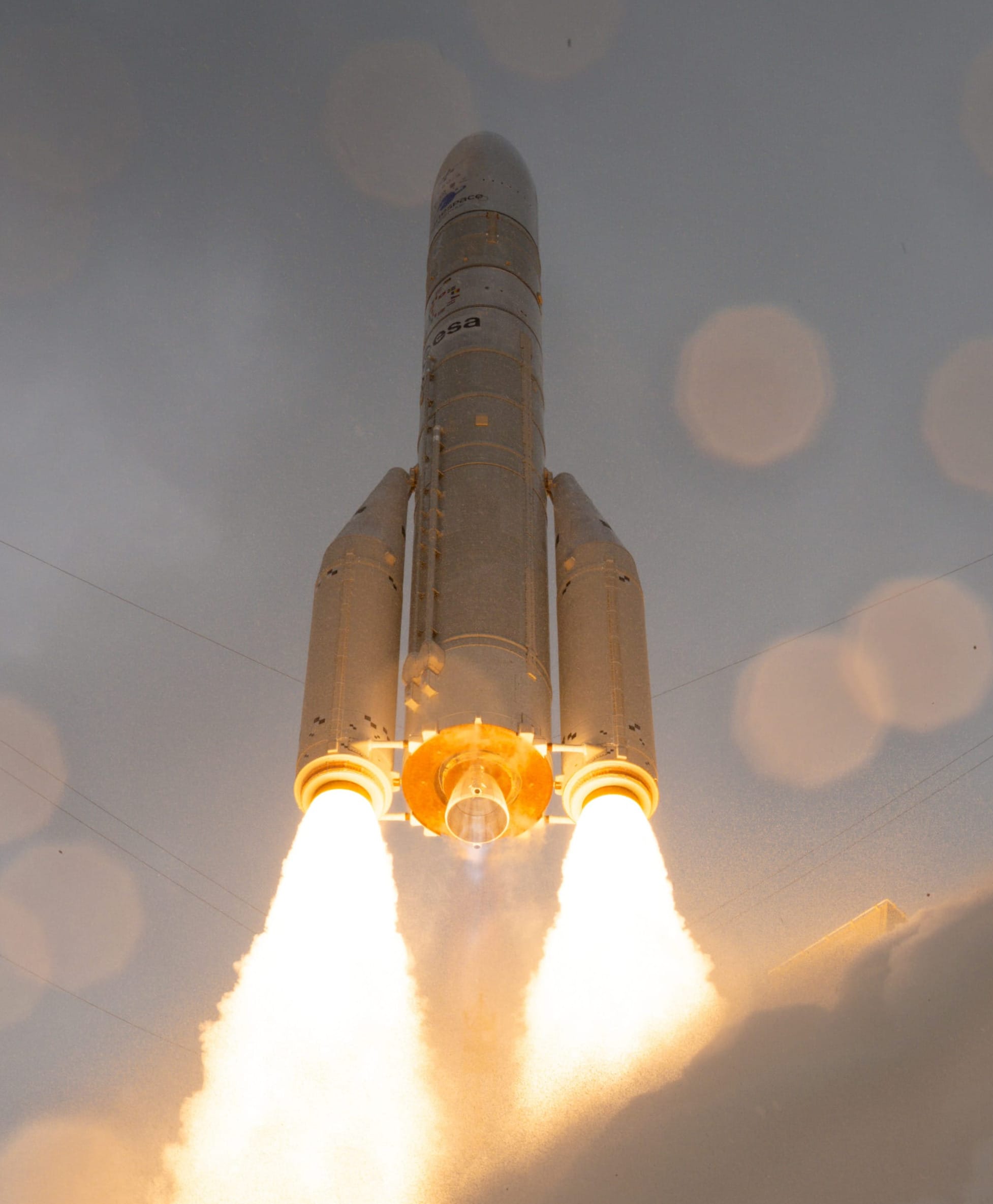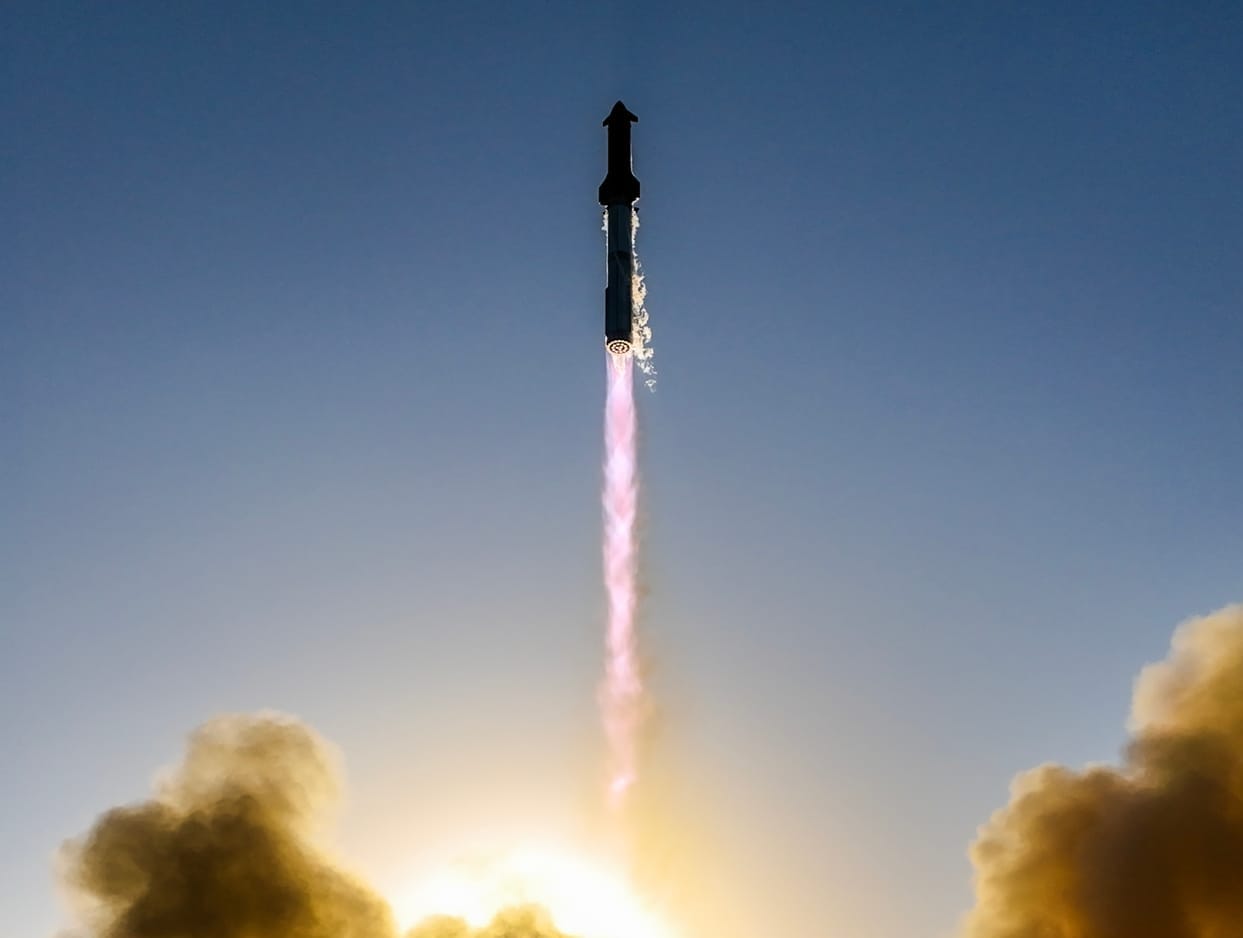Table of Contents
Welcome back to Weekly Dose of Space! This week saw four launches, a small drop from the last two weeks. News during the week had the X-37B returning to Earth and various spacecraft running into trouble in deep space. As always, we'll also look ahead to what the worldwide launch schedule might look like next week.
Launches This Week
March 2nd - Soyuz 2.1b with Glonass-K2 No. 14
A Soyuz 2.1b lifted off from the Plesetsk Cosmodrome carrying a Glonass-K2 satellite to medium Earth orbit. The new Glonass-K2 satellite is expected to improve Russia's Glonass navigation systems.
March 3rd - Falcon 9 with Starlink Group 12-20
SpaceX launched a Falcon 9 from Space Launch Complex 40, in Florida, carrying twenty-one Starlink satellites into low Earth orbit. Booster B1086 supported this mission for its fifth flight, with a landing downrange on the drone ship 'Just Read The Instructions'. However, booster B1086 was lost shortly after landing, after a fire damaged various systems, with the root cause of the fire believed to be a fuel leak that began during flight.

March 6th - Ariane 6 with Composante Spatiale Optique-3
Arianespace launched its second Ariane 6 rocket to sun-synchronous orbit from Ensemble de Lancement Ariane 4 at the Guiana Space Centre, in French Guiana. The second Ariane 6 flew a completely successful mission to deploy the Composante Spatiale Optique-3 optical imaging satellite for the French military.

March 6th - Starship-Super Heavy for its Eighth flight test
SpaceX launched its eighth flight test of the Starship-Super Heavy vehicle from the company's launch site in South Texas, this flight test was utilizing Ship 34, the second 'Block 2' Starship upper-stage, and Super Heavy Booster 15. During the test flight, the vehicle experienced its second catastrophic failure in a row. Further details are available here.

In Other Space News
Boeing's X-37B ends seventh mission

Boeing's highly secretive X-37B returned from space on March 7th, landing at the Vandenberg Space Force Base in California at 07:22 am Universal Coordinated Time. This mission was the X-37B's seventh for the United States Space Force and spent 434 days in space, having launched back in December 2023 atop a Falcon Heavy.
According to the U.S. Space Force, the mission demonstrated a novel aerobraking maneuver to show off the vehicle's flexible and agile capabilities. The mission also tested space domain awareness technologies. Speaking on the mission, General Chance Saltzman, U.S. Space Force Chief of Space Operations, stated:
“Mission 7 broke new ground by showcasing the X-37B’s ability to flexibly accomplish its test and experimentation objectives across orbital regimes. The successful execution of the aerobraking maneuver underscores the U.S. Space Force’s commitment to pushing the bounds of novel space operations in a safe and responsible manner.”
Boeing's Vice President of Space Mission Systems, Michelle Parker added:
“The X-37B’s achievements are a testament to our team’s dedication and innovation. Each mission is an opportunity to improve and augment the platform, ensuring it remains at the forefront of space technology. The X-37’s accomplishments reinforce the significance of our work.”
Trouble in deep space for various U.S. missions
Just over a week ago on February 27th, three U.S. exploration missions were sent out to the Moon and beyond atop of a Falcon 9. Since the launch, those three missions have run into various troubles.
To begin, NASA's Lunar Trailblazer mission to search for lunar ice is currently stuck in a slow spin in a low-power state. Due to this, the spacecraft has missed a trajectory correction maneuver to send it toward lunar orbit. At present, the mission team is working to reestablish communications with the spacecraft to allow it to receive enough power to support a high-power state.
Additionally, AstroForge's Odin mission to prospect an asteroid in deep space ended early after the spacecraft became stuck in a tumble with partially deployed solar panels. As such the spacecraft cannot proceed toward its target and is now drifting in deep space. Luckily for the company, they claim that Odin was built for just 3.5 million United States Dollars, with AstroForge's Chief Executive Officer Matt Gialich adding:
"We know how to build these craft. These have been built before. They just cost a billion f****** dollars. How do we do it for a fraction of the cost?" – "At the end of the day, like, you got to f****** show up and take a shot, right? You have to try."
Lastly after an almost entirely successful mission, Intuitive Machines' IM-2 lander tipped over, again, during its landing attempt on the Moon at Mons Mouton. With its orientation after tipping over, the lander could not remain power positive and ran out of power shortly after. A few payloads did manage to be run on the surface before power ran out.
What to Expect Next Week
March 9th - Falcon 9 with SPHEREx and PUNCH
A Falcon 9 is planned to launch from Space Launch Complex 4E into a polar orbit carrying NASA's SPHEREx (Spectro-Photometer for the History of the Universe, Epoch of Reionization, and Ices Explorer) and PUNCH (Polarimeter to Unify the Corona and Heliosphere) spacecraft.
March 9th - Falcon 9 with Starlink Group 12-21
Another batch of Starlink satellites is expected to head to low Earth orbit from Space launch Complex 40 atop of a Falcon 9.
March 9th - Long March 3B/E with a to-be-annouced payload
A Long March 3B/E is expected to launch from the Xichang Satellite Launch Center carrying a currently unknown payload.
March 11th - Falcon 9 with Starlink Group 12-16
Falcon 9 is expected to launch another batch of Starlink satellites from Space Launch Complex 40 to low Earth orbit.
March 11th - Long March 8 with a batch of Qianfan satellites
A Long March 8 is expected to launch from Commercial Launch Pad 1 at the Wenchang Commercial Space Launch Site carrying a batch of Qianfan satellites into low Earth orbit for the internet mega-constellation.
March 12th - Falcon 9 with Transporter-13
A Falcon 9 is planned to launch SpaceX's thirteenth dedicated Transporter rideshare mission from Space Launch Complex 4E.
March 12th - Falcon 9 with Crew-10
Crew Dragon is expected to launch atop of a Falcon 9 for NASA's Crew-10 mission carrying NASA astronauts Anne McClain and Nichole Ayers, JAXA astronaut Takuya Onishi, and Roscosmos astronaut Kirill Peskov to the International Space Station.
March 13th - Falcon 9 with Starlink Group 12-25
SpaceX is planning to launch another batch of Starlink satellites to low Earth orbit atop of a Falcon 9 from Space Launch Complex 40.
March 15th - Firefly Alpha for 'Message in a Booster'
Firefly Aerospace is planning to launch its Alpha rocket from Space Launch Complex 2W, in California, to low Earth orbit carrying a test communications satellite for Lockheed Martin.
March 15th - Electron for 'The Lightning God Reigns'
Rocket Lab is planning to launch its Electron rocket from Launch Complex 1B, located on the Māhia Peninsula in New Zealand, carrying a synthetic aperture radar observation satellite into low Earth orbit for Japanese company iQPS.







